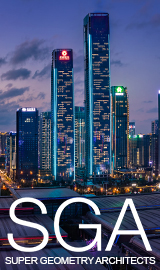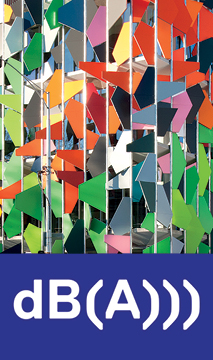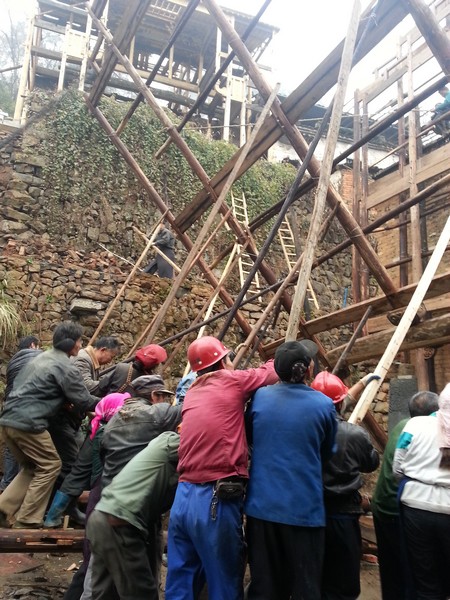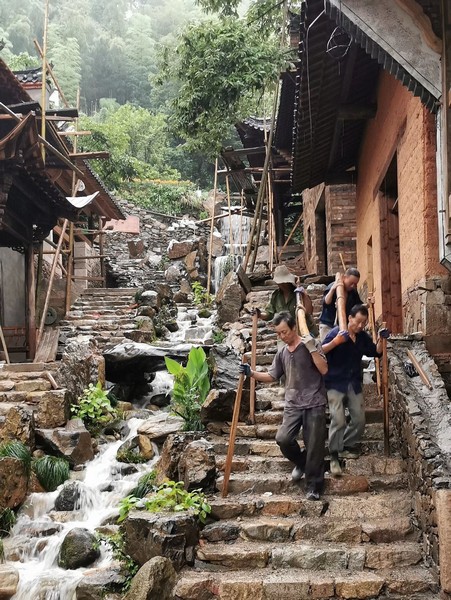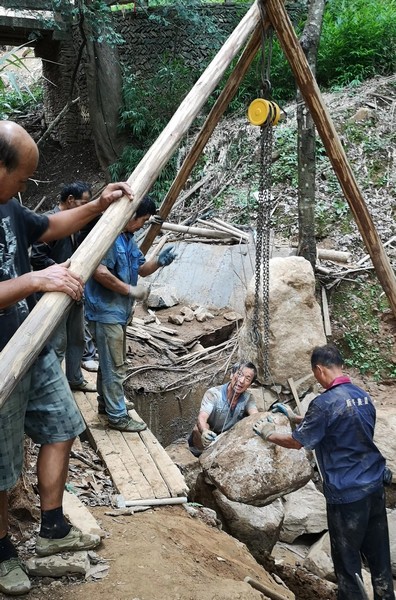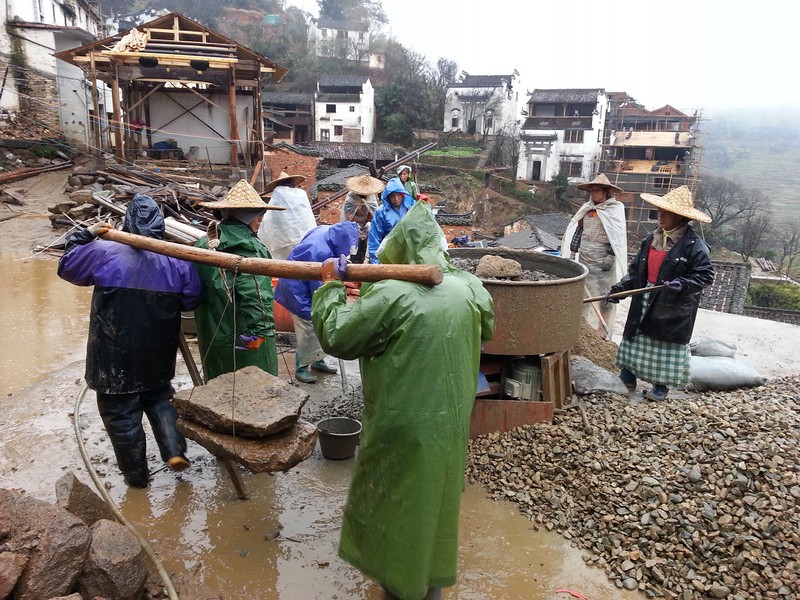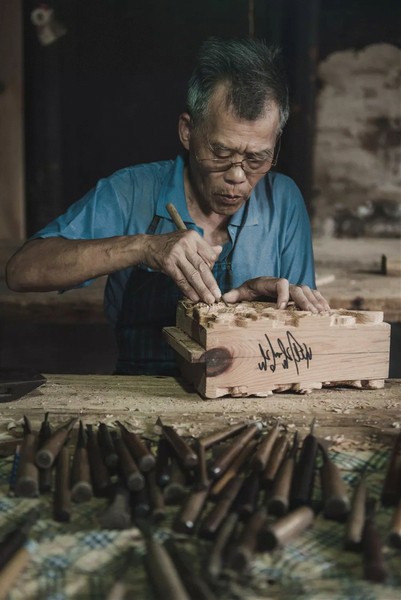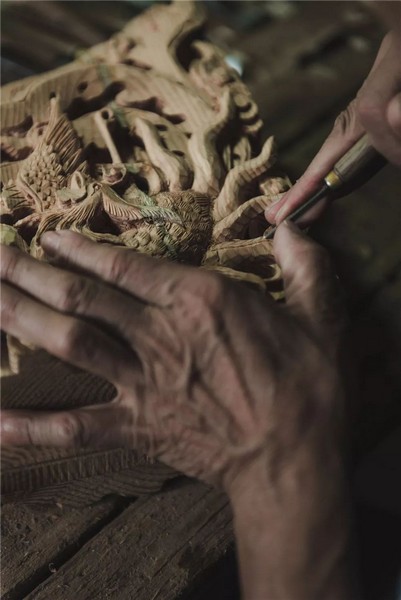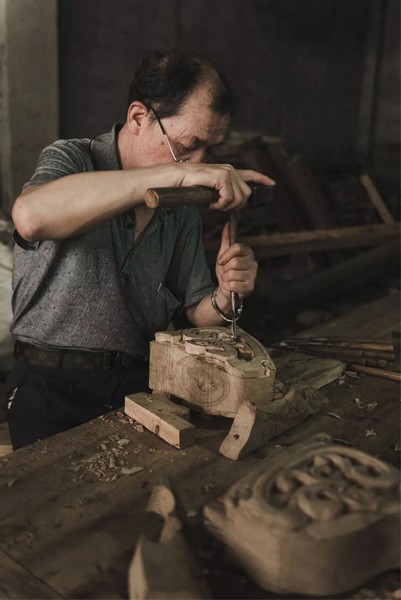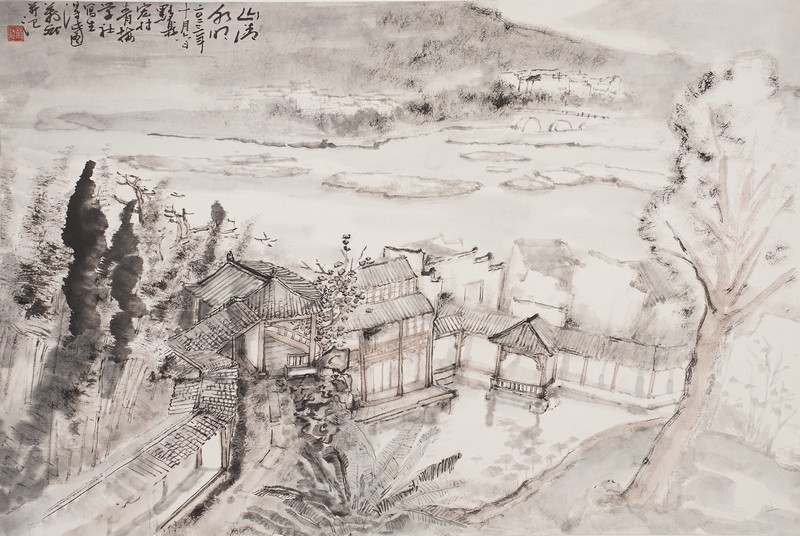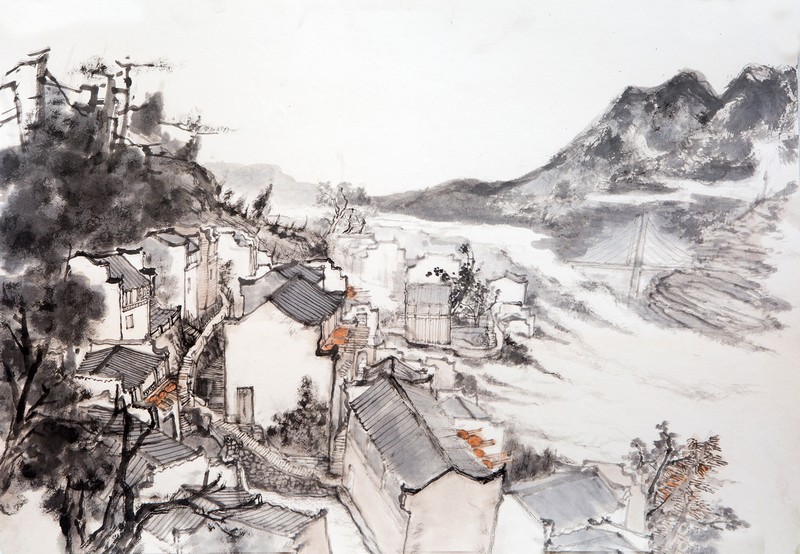In the heart of northeastern Jiangxi, nestled among the rugged mountains and terraced fields of Wuyuan County, stands Huangling Ancient Village—an architectural gem shaped by time, history, and a profound commitment to preservation. Perched dramatically on steep cliffs, Huangling is a village where nature and traditional Hui-style architecture coexist harmoniously.
Photography: SFAP
With a history spanning nearly 600 years, the village has faced the challenge of decay and abandonment, yet today, it stands as an exemplary model of rural revitalization in China.
Each spring, Huangling transforms into a picturesque spectacle, adorned by vast expanses of golden rapeseed flowers cascading down the terraced fields. This breathtaking sight draws visitors from all over the world, eager to witness the beauty and cultural richness of the ancient village. Recognizing its significance, the United Nations World Tourism Organization named Huangling a “Best Tourism Village” in 2023, propelling its reputation to a global stage and securing its spot at the prestigious Frankfurt Book Fair.
But Huangling’s journey has not been a simple one. For years, it faced harsh realities: a dwindling population, severe water scarcity in dry seasons, floods in monsoons, and crumbling infrastructure. It seemed destined to fade into obscurity. However, a group of visionaries, led by Wang Wanbin—the founder of Wuyuan Village Culture Media Co., Ltd.—stepped forward with an ambitious mission: to breathe new life into the village while preserving its historical essence.
The Road to Restoration: From Decline to Rebirth
The story of Huangling’s transformation began in the 1990s when Wang Wanbin first visited the village. As a passionate artist deeply rooted in rural culture, he saw beauty where others saw decay. The architectural authenticity and breathtaking landscape of Huangling inspired him, igniting a lifelong commitment to its restoration.
By 2009, Huangling was on the brink of complete relocation as part of a government plan. Wang and his partners intervened, securing funds through Wuyuan Village Culture Development Co., Ltd. and working alongside experts from Tongji University to devise a comprehensive revitalization plan. The challenge was immense: the terrain was difficult, the village was crumbling, and modern infrastructure was virtually nonexistent. The restoration had to strike a delicate balance between conservation and modernization.
Rather than demolishing structures outright, the project team embraced an approach of minimal intervention. The goal was to retain Huangling’s organic relationship with its natural environment while improving its livability. The master plan centered around the historic “Tianjie” (Sky Street), ensuring that the spatial and architectural integrity of the village remained intact. Over the years, the team worked painstakingly with local craftsmen to repair traditional dwellings, reconstruct collapsed structures, and refine the village’s water management systems.
Preserving Heritage Through Architecture
One of the most significant aspects of Huangling’s restoration was the revitalization of its traditional Huizhou-style architecture. The design team carefully studied historic structures across the ancient Huizhou region, learning from well-preserved examples to guide their work in Huangling. More than 120 homes were fully restored, seamlessly integrating modern functionalities such as inns, restaurants, and exhibition spaces while preserving their original appearance.
Beyond restoration, Wang Wanbin took a bold step—reintroducing ancient Huizhou-style houses from other regions to Huangling. Over 20 meticulously reconstructed heritage buildings were placed within the village, enriching its architectural landscape and establishing it as an “open-air ancient architecture museum.”
The effort extended beyond the built environment. Local craftspeople were engaged to revive traditional construction techniques, ensuring that ancestral skills were passed down through generations. This symbiotic collaboration between designers and artisans contributed to the authenticity and sustainability of the revitalization efforts.
Addressing Environmental Challenges and Sustainability
Huangling’s mountainous location presents both beauty and vulnerability. Water scarcity and flooding had plagued the village for centuries, requiring strategic intervention. In 2017, a devastating flood caused widespread damage, triggering an extensive restoration effort focused on environmental resilience.
The renovation of the flood-damaged landscape led to the creation of “Huaxi Water Street,” an innovative addition that transformed the altered terrain into an asset rather than a limitation. Traditional flood-control methods were employed alongside modern engineering techniques, ensuring that Huangling’s water management was sustainable for generations to come.
In keeping with ecological principles, the project utilized locally sourced materials such as red clay and rough stone, minimizing environmental impact. Landscaping efforts strategically incorporated native flora, enhancing the natural beauty of the village while mitigating geological risks.
Cultural Revival and Community Engagement
Preserving Huangling’s heritage extended beyond its physical structures. Wang Wanbin and his team delved into the village’s cultural traditions, ensuring they remained an integral part of everyday life. Traditional crafts such as bamboo weaving, brewing, and oil pressing were revived, seamlessly integrated into the village’s landscape and tourism model.
A particularly iconic tradition, Shaiqiu—the practice of drying crops in the autumn sun—has become a defining characteristic of Huangling. The sight of vibrant harvest scenes framed by the village’s ancient architecture has attracted widespread admiration, turning Huangling into a living museum of rural customs. Local businesses, inspired by these traditions, have flourished, generating employment opportunities and fostering a sustainable economic model for villagers.
The renovation also placed great emphasis on storytelling. Folk houses were curated with care, their interiors designed to resonate with nostalgia while maintaining authenticity. Old utensils and furniture were repurposed, serving as cultural artifacts that allow visitors to step back in time and experience Huangling’s history firsthand.
A Benchmark for Rural Revitalization
Huangling’s transformation is not merely a tale of architectural restoration; it is a model for rural revitalization. The project’s philosophy is rooted in empowering local communities, preserving history, and driving sustainable tourism. By integrating tradition with modernity, Huangling has successfully redefined what it means to rejuvenate an ancient village.
The initiative stands as a testament to what long-term commitment and thoughtful planning can achieve. Today, Huangling is more than just a scenic destination—it is a thriving community, a cultural heritage site, and an inspiration for villages facing similar challenges.
Looking Ahead: The Future of Huangling
Although the revitalization of Huangling has been an ongoing process for 15 years, its journey is far from over. The vision for the village extends beyond conservation—it embraces innovation while ensuring that history remains at its core. Sustainable tourism, cultural preservation, and continued ecological efforts will shape the next phase of Huangling’s development.
Visitors today don’t just walk through a restored village; they experience a living testament to resilience, nostalgia, and the power of heritage. Huangling serves as a beacon of possibility, demonstrating that ancient settlements need not fade into obscurity but can instead flourish when tradition is embraced with modern ingenuity.
Through unwavering dedication, a deep reverence for history, and a bold spirit of renewal, Huangling Ancient Village has carved a place for itself on the world map—a place where every stone, every alley, and every home tells a story of transformation and hope.
Special Thanks:
Design firm: Wuyuan Village Culture Media Co. Ltd.
Client: Wuyuan Huangling Cultural Tourism Co., Ltd.





